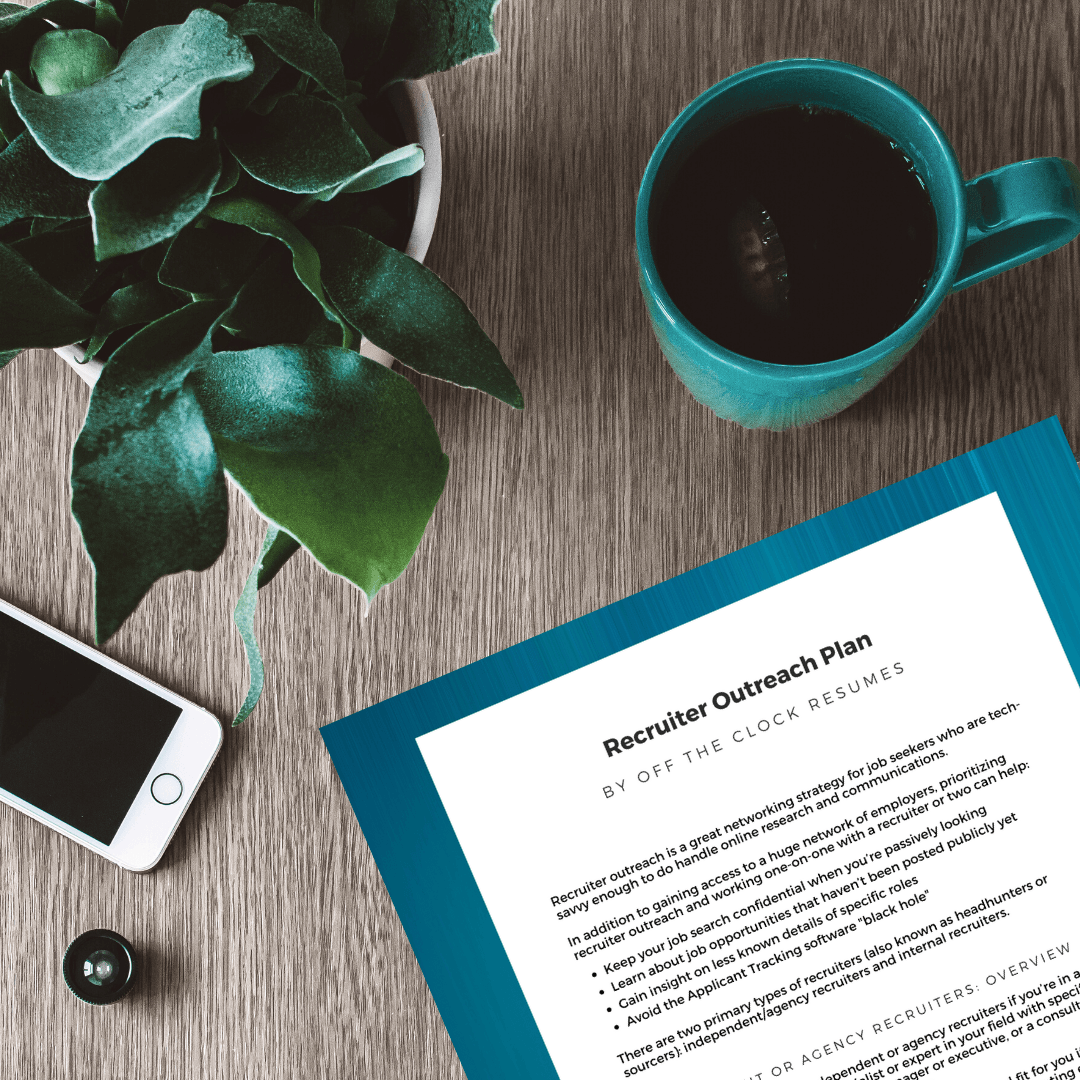
10 LinkedIn Mistakes That Cost Job Seekers Interviews (How to Fix It)
LinkedIn is a go-to platform for recruiters, companies, and professionals looking to connect with each other and find new opportunities for professional growth. In fact, over 90% of recruiters or hiring managers leverage LinkedIn to source candidates.
Yet, many job seekers unknowingly make LinkedIn mistakes that prevent them from landing interviews even if they have the right skills and experience.
This guide highlights the top LinkedIn mistakes that cost job seekers interviews and provides actionable tips for fixing them. Whether you’re actively job hunting or just trying to grow your professional presence, avoiding these errors can drastically improve your chances of being noticed.

1. Incomplete LinkedIn Profiles
One of the most common LinkedIn job seeker pitfalls is having an incomplete profile. Recruiters want to see a fully developed professional presence. Missing sections signal a lack of effort or seriousness.
Common Issues:
- No profile photo or using an unprofessional image
- Missing job descriptions in work experience
- No summary section or poorly written summary
- Skipped skills and endorsements
Why It Matters:
An incomplete profile may not even appear in recruiter searches because of LinkedIn’s algorithm. Additionally, it indicates that you’re not actively engaged in your job search.
How to Fix It:
- Upload a clear, professional LinkedIn headshot.
- Fill out every LinkedIn section, including headline, about, experience, education, certifications, and skills.
- Use relevant keywords for your target role to boost search visibility.
2. Poor LinkedIn Headline and Summary
Your LinkedIn headline and professional summary (About Section) are prime real estate for demonstrating who you are and what you offer. Many job seekers make LinkedIn headline mistakes by either leaving it blank or using generic phrases like “Looking for new opportunities.”
Why It’s a Problem:
A vague headline doesn’t communicate your expertise, making it less likely for recruiters to click your profile. Similarly, LinkedIn summary errors, such as being too short or overly casual, hurt your professional image.
How to Fix It:
- Write a compelling headline that includes your job title, skills, and value proposition (e.g., “Digital Marketing Specialist | SEO & Content Strategist”).
- Craft a strong LinkedIn summary of 3–5 paragraphs highlighting career achievements, hard skills, and potential career goals per the targeted role.
- Use industry-oriented language and incorporate relevant keywords to rank higher in LinkedIn search.
3. Weak Networking and Engagement
LinkedIn isn’t just an online resume, it’s a networking platform. Many job seekers fail to engage meaningfully with their network, making this one of the top LinkedIn mistakes that cost job seekers interviews.
Common Poor LinkedIn Networking Habits:
- Sending connection requests without personalized messages
- Ignoring comments or direct messages
- Not participating in group discussions or professional forums
- Only reaching out to people when asking for job referrals
How to Fix It:
- Build genuine connections by interacting with posts, sharing insights, and offering help to others.
- Send personalized messages when connecting (mention shared interests or goals).
- Attend industry-related conferences and groups as well as actively contribute to LinkedIn discussions.
By improving networking habits, you not only increase visibility but also build meaningful professional relationships that can lead to referrals and opportunities.
4. Not a Tailored LinkedIn Profile for Job Search
Many job seekers treat LinkedIn as a static online resume. But LinkedIn profile optimization errors, like failing to tailor your profile for the roles you want, can cost you interviews.
Common Errors:
- Outdated job titles and irrelevant skills
- Not aligning profile keywords with job postings
- Generic experience descriptions without measurable results
How to Fix It:
- Research job postings in your field and integrate those keywords into your headline, summary, and skills.
- Add specific accomplishments with justifiable metrics (e.g., “Boosted sales by 10% within 6 months”).
- Regularly update and manage your profile to reflect new skills, experiences, career progression, certifications, or projects.
5. Ignoring Endorsements and Recommendations from LinkedIn connections
LinkedIn’s recommendations and endorsements build authority and add credibility to your profile. Many candidates overlook this section, leading to missed opportunities.
Why It Matters:
Recommendations act as social proof, giving hiring managers confidence in your abilities. Without them, your profile might appear less trustworthy compared to competitors.
How to Fix It:
- Ask managers, team leads, colleagues, Juniors, or clients for recommendations.
- Endorse others’ skills, they often return the favor.
- Aim to have endorsements that match your target job requirements.
6. Overlooking Activity and Content Sharing
Recruiters look for active professionals who stay engaged with their industry. A dormant profile with no recent activity sends the wrong message.
Common Mistakes:
- Not posting or sharing articles
- Avoiding commenting or liking industry updates
- Lack of thought leadership or expertise demonstration
How to Fix It:
- Share industry-relevant articles or write short posts with insights.
- Comment thoughtfully on posts from industry leaders.
- Publish long-form articles or case studies showcasing your expertise.
Consistent activity not only boosts visibility but also establishes you as a knowledgeable professional worth considering for interviews.
7. Using an Inconsistent or Unprofessional Brand
Your LinkedIn profile is part of your personal brand. Common LinkedIn job seeker pitfalls include using inconsistent job titles, conflicting information with your resume, or having an unprofessional tone.
Why It Matters:
Hiring Managers may doubt your credibility if your LinkedIn doesn’t match your resume or lacks a polished presentation.
How to Fix It:
- Ensure your LinkedIn profile aligns with your resume details and other professional platforms.
- Use a consistent job title and career story across all sections.
- Maintain a professional, confident tone throughout your profile.
8. Ignoring SEO in LinkedIn
The LinkedIn algorithm functions as a search engine for clients and recruiters. Failing to optimize your profile means missing out on appearing in recruiter searches, another LinkedIn profile improvement opportunity many job seekers overlook.
How to Improve SEO:
- Include industry-relevant keywords in your headline, summary, and experience sections.
- Add skills that match the job descriptions of your target roles.
- Use LinkedIn’s “Open to Work” feature to signal availability.
Proper optimization increases the chances of being discovered, ultimately leading to more interview invitations.
9. Overly Self-Promotional Behavior
While you should highlight achievements, being excessively self-promotional can harm your image. Examples include:
- Posting only about personal accomplishments without offering value
- Overusing buzzwords without evidence
- Constantly asking for job referrals without building rapport
Better Approach:
- Balance personal achievements with sharing useful content or industry insights.
- Showcase results with specific data rather than vague claims.
- Offer help and value to your network before requesting support.
10. Neglecting Privacy and Contact Settings
Lastly, many job seekers unintentionally make their profile difficult to reach by hiding contact details or having restrictive privacy settings.
How to Fix It:
- Make your profile visible to recruiters and hiring managers.
- Add a professional email or portfolio link for easy communication.
- Regularly review privacy settings to ensure your job-seeking status is discoverable.
Key Takeaways
Avoiding these top LinkedIn mistakes that cost job seekers interviews can significantly boost your chances of landing interviews. To recap:
- Fully complete your LinkedIn profile and avoid optimization errors.
- Write a strong headline and summary that attracts recruiters.
- Improve networking habits and engage meaningfully with your industry.
- Seek endorsements, share content regularly, and build a consistent personal brand.
- Optimize your profile for LinkedIn SEO to increase recruiter visibility.
LinkedIn is more than a static resume, it’s a dynamic platform that can make or break your job search. By fixing these mistakes, you’ll create a stronger presence that attracts recruiters, improves your click-through rate, and positions you as a top candidate.
Related Articles
-
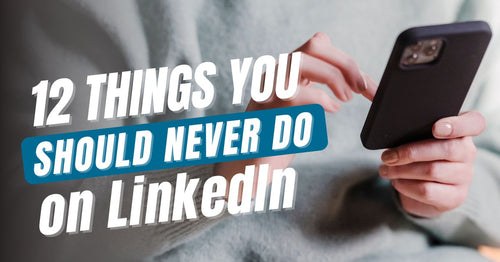
12 Things You Should Never Do On LinkedIn
These common LinkedIn mistakes may be preventing you from seeing the career-boosting outcomes you’d love to see.
-

Guide To Choosing A Career In SaaS
Thinking about a career in SaaS? Guest blogger Jacob Wickett shares top roles, key skills, and how to break into this fast-growing industry.
-
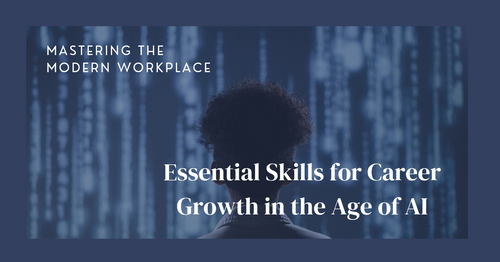
Mastering the Modern Workplace: Essential Skills for Career Growth in the Age of AI
Guest blogger Sadie Smith shares a comprehensive guide to help professionals navigate unprecedented changes driven by technological advancement with confidence.
-

Navigating Your Career Path with a Family Nurse Practitioner Degree Program
Guest blogger Sadie Smith reveals how strategic planning in your healthcare career broadens your impact on patient care and community health.
-

Career Transitions: Navigating Your Path to Success in Healthcare and Beyond
Guest blogger Sadie Smith shares how to leverage your existing skills and experience while pursuing new career opportunities in healthcare and other industries.
-

Breaking Barriers: A Guide to Empowering Women in Manufacturing Leadership
Guest contributor Sadie Smith shares this comprehensive guide on how women can reshape the manufacturing industry landscape with actionable insights.
-

Navigating An Evolving Job Market With Strategies For Success
To thrive in a dynamic job market, you need to continuously adapt your job search strategies. Stay informed and flexible to position yourself for success.
-

What To Do Before You Easy Apply On LinkedIn
The new and improved Easy Apply button could be a way to get in front of hiring decision-makers faster than simply applying on a company's website, but there are a few things you should do before you Easy Apply on LinkedIn.
-

4 Personal Assistant Interview Questions and Answers
Guest blogger Liza Griffen, co-founder of Tyler Griffen, equips you with a deep understanding of typical interview questions and practical answers to help you showcase your skills effectively whether you're aiming to impress in your first personal assistant role or looking to step up in your career.
-
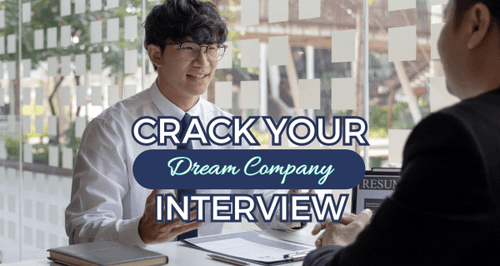
Crack Your Dream Company Interview
Guest contributor Nandkishore Rathi shares practical tips, strategies, and insightful advice from career experts to help you shine during written and verbal interviews.
-

Which Elements Of A LinkedIn Profile Will Elevate Your Personal Brand?
Discover how platforms like LinkedIn not only help expedite your job search but can elevate your personal brand by amplifying your authority and boosting your credibility.
-
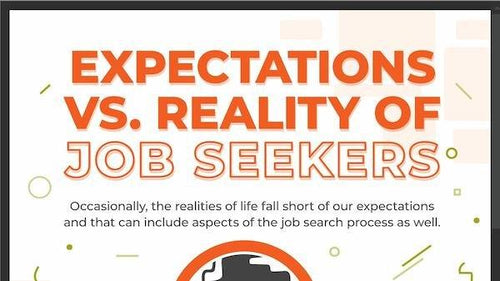
Exploring The Realities Of Job Hunting (Infographic)
Guest contributor Joseph Matalone delves into common expectations in job seeking and the contrasting realities.
-

Don't Panic: 15 Ways To Prepare For A Video Interview
Guest blogger Daniel Boyce with Aware Recruiter delves into 15 actionable steps to prepare you for a stellar video interview experience whether you're a seasoned professional or just stepping into the job market.
-
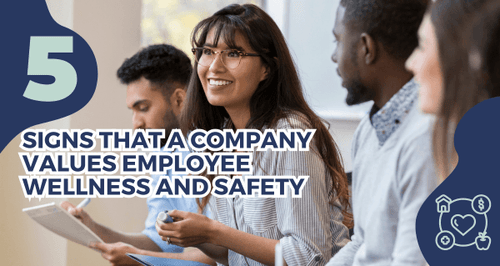
5 Signs That A Company Values Employee Wellness And Safety
Guest blogger Sharon Feldman shares how asking questions about wellness and safety in your interview could give you insight into a company’s values.
-

Can An Employer Fire You For Being Sick?
Many employers can terminate an employee for falling sick frequently. Guest blogger Natalie Padilla shares all you need to know regarding being fired by an employer.
-

Tips On Building A Positive And Supportive Workplace
Guest blogger Adam Blacksmith shares how to embrace communication, celebrate diversity, and empower your team for success by fostering a positive and supportive workplace culture.
-
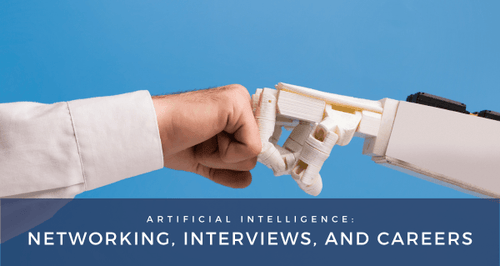
AI: Transforming Networking, Interviews, and Careers
Guest Author, Dean Fankhauiser. discusses how AI is revolutionizing networking, interviewing, career planning, and professional advancement.
-

Preparing for Different Interview Formats: Phone, Video, and In-Person
Interview Coach Ellie Hoekman shares specific preparation steps for phone, video, and in-person interviews.
-

Negotiating A Competitive Salary
Guest blogger Rohan Singh shares strategies for negotiating a fair salary that reflects your worth and fulfills your goals.
-

Can My Employer Ask Why I’m Taking A Sick Day?
Guest blogger Samantha Larson shares whether your employer has the right to ask you why you are sick and how much information they are entitled to when you take a sick day at work.
-

The Benefits of Coaching in the Workplace
Guest blogger, William Powell, shares some of the concrete examples of the benefits associated with employee coaching.
-

10 Facts & Stats About Sexual Harassment in the Workplace
Guest blogger Sharon Feldman shares how many people experience harassment every day, including at their place of work, to increase awareness.
-

The Ultimate Temping Guide for Beginners
Guest blogger Auria Heanley with Oriel Partners shares insight into what a temp job is and what to expect in order to make the most of a new job opportunity.
-

High Paying Career Paths After Learning Python
Guest blogger Rose Young with Codebasics.io shares some of the promising career paths you can explore after learning Python programming.
-

How To Ace Your Interview With A Staffing Agency
Guest blogger William Powell shares how to prepare adequately for an interview with a recruiting agency to increase your chances of landing your dream job.
-

How Do You Know When It's Time To Quit Your Job?
Guest blogger Katie Meyers shares when quitting your job is the right thing and how to go about it.
-

5 Things You Need To Know About Job Interviews To Succeed
Guest blogger Marcus Ralph shares 5 tips on what you can do before a job interview to be best prepared to make a solid first impression and land the job.
-

Know Your Worth and Add Tax: How To Effectively Negotiate Your Salary
Guest blogger Jeffrey Cassells with Shegerian Law advises that it's time to learn how to negotiate strategically and not settle for being underpaid, whether you're at your first or fifth job.
